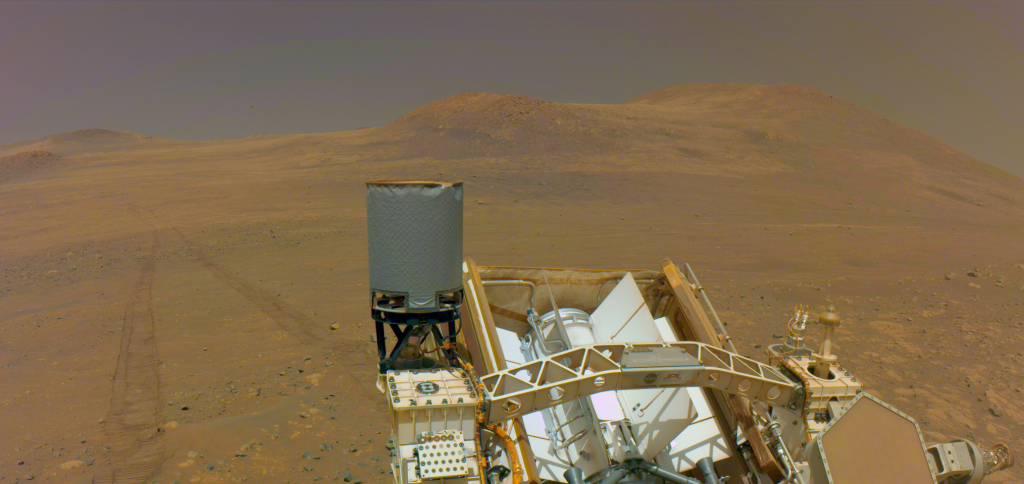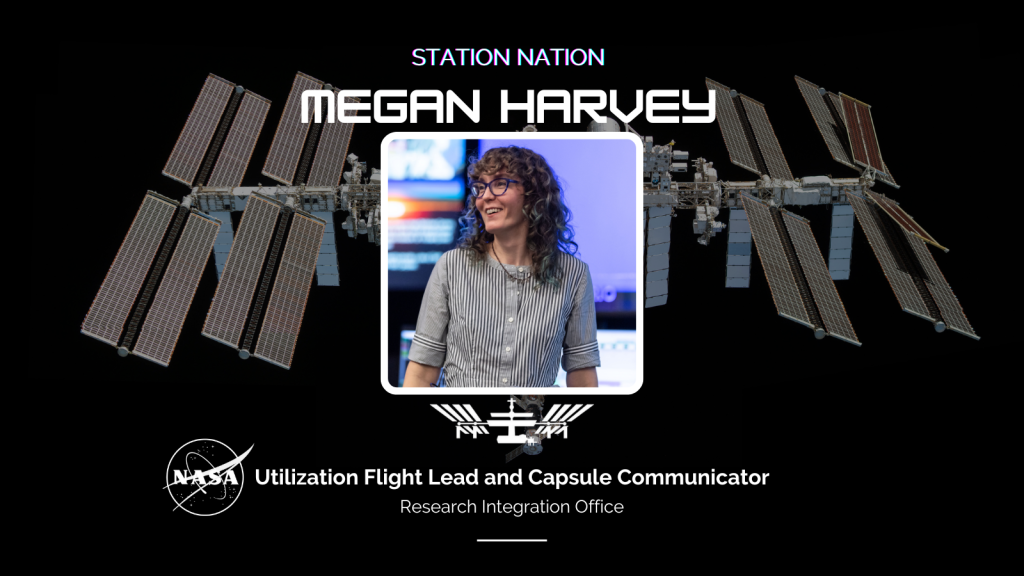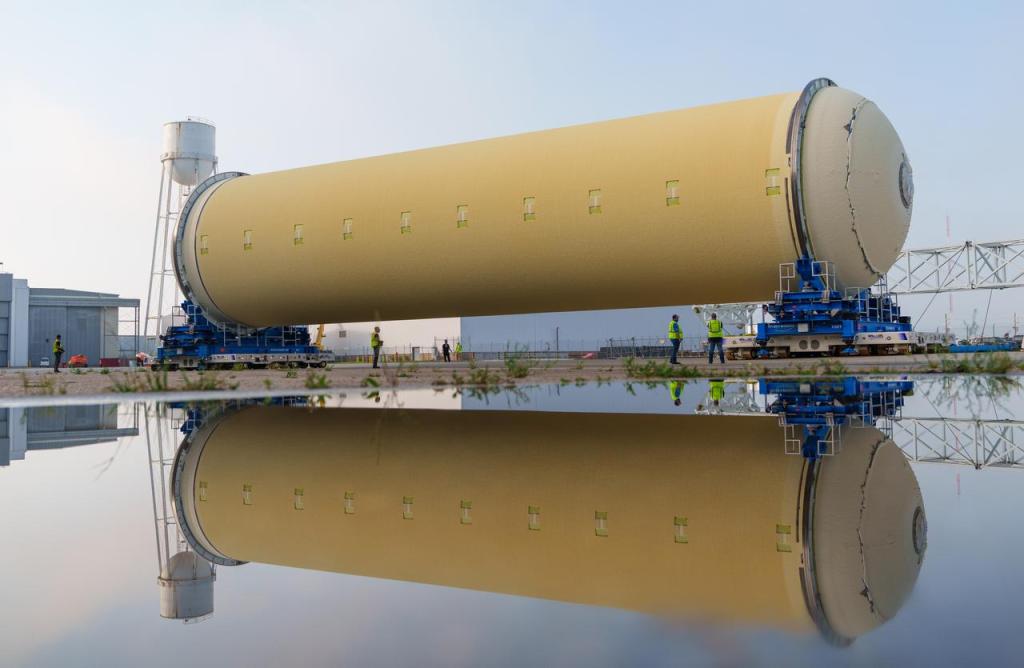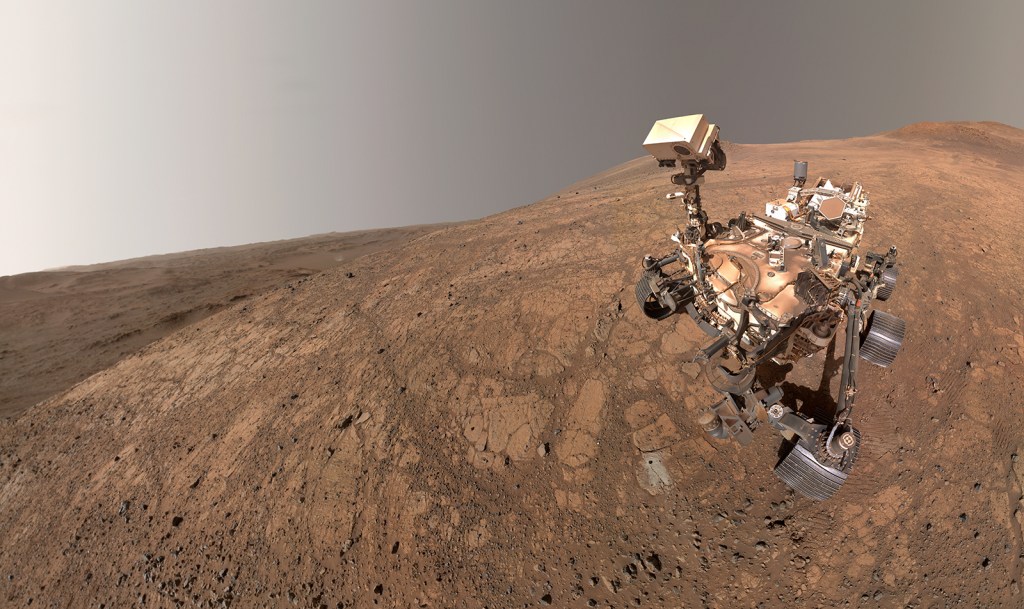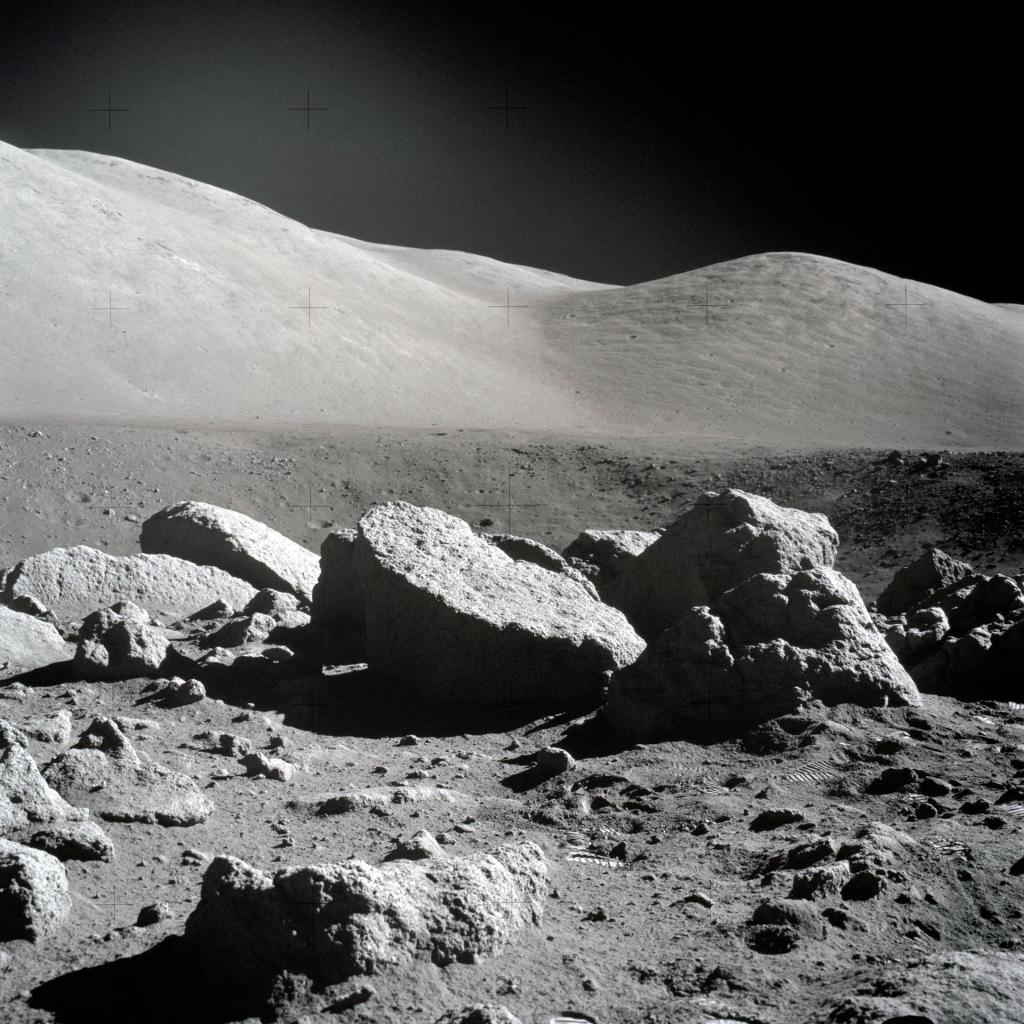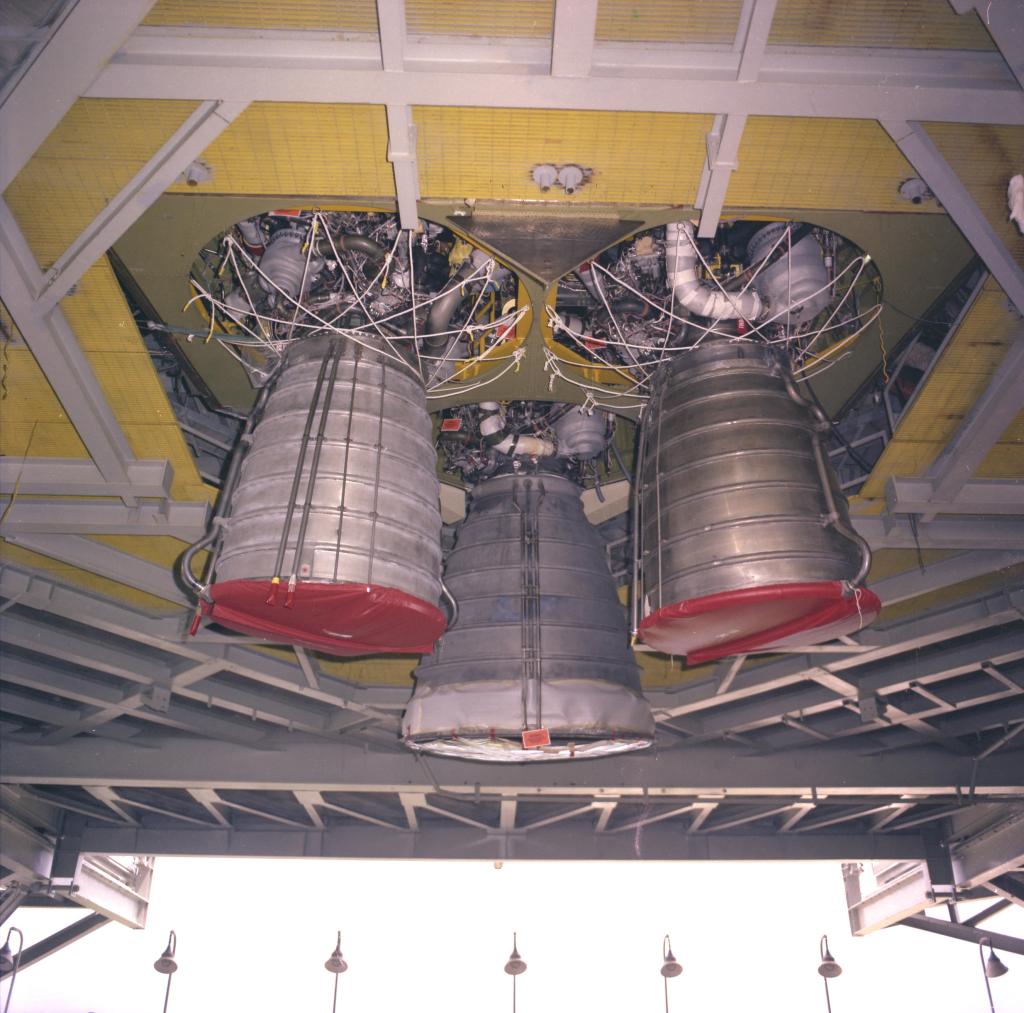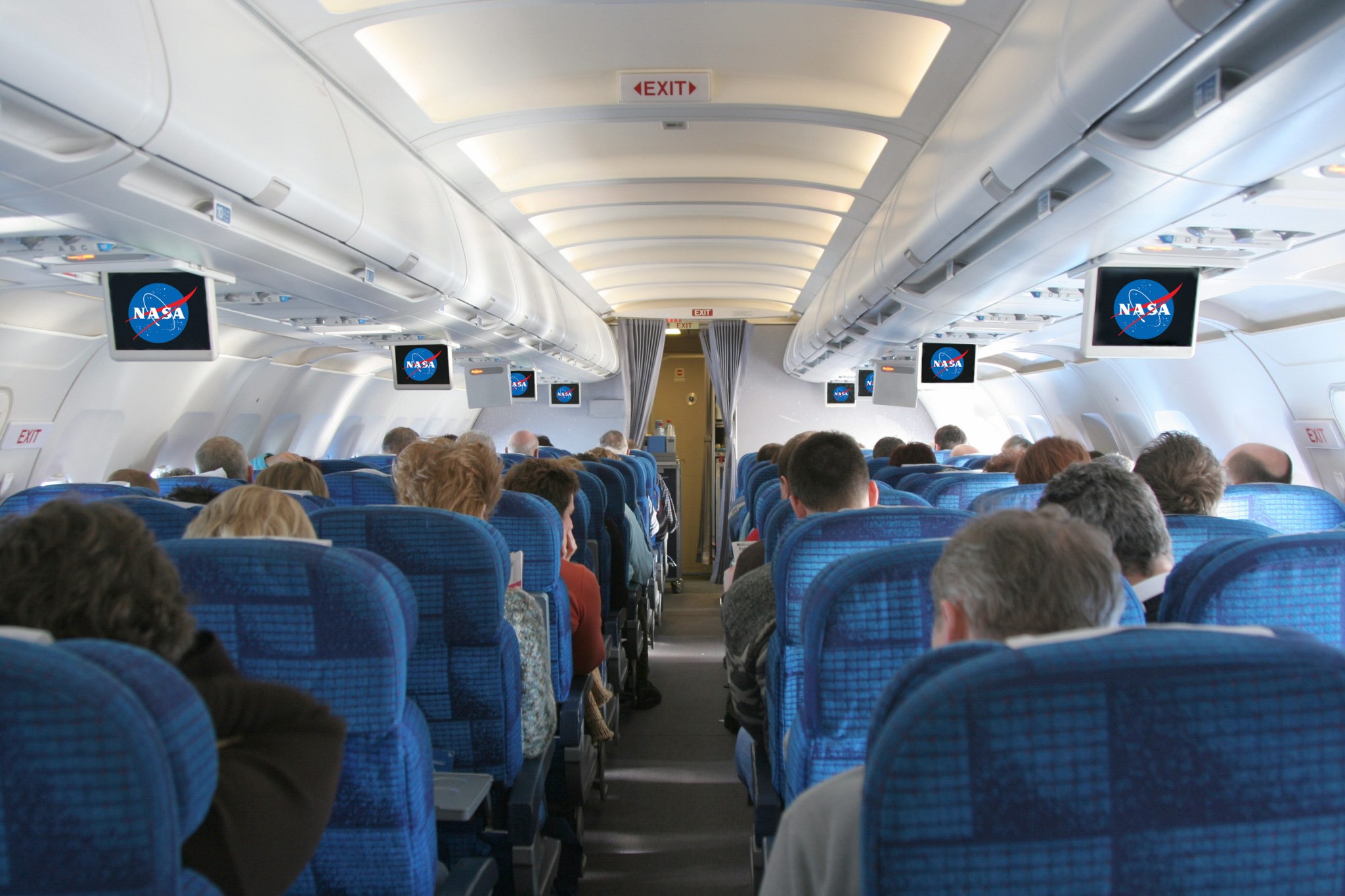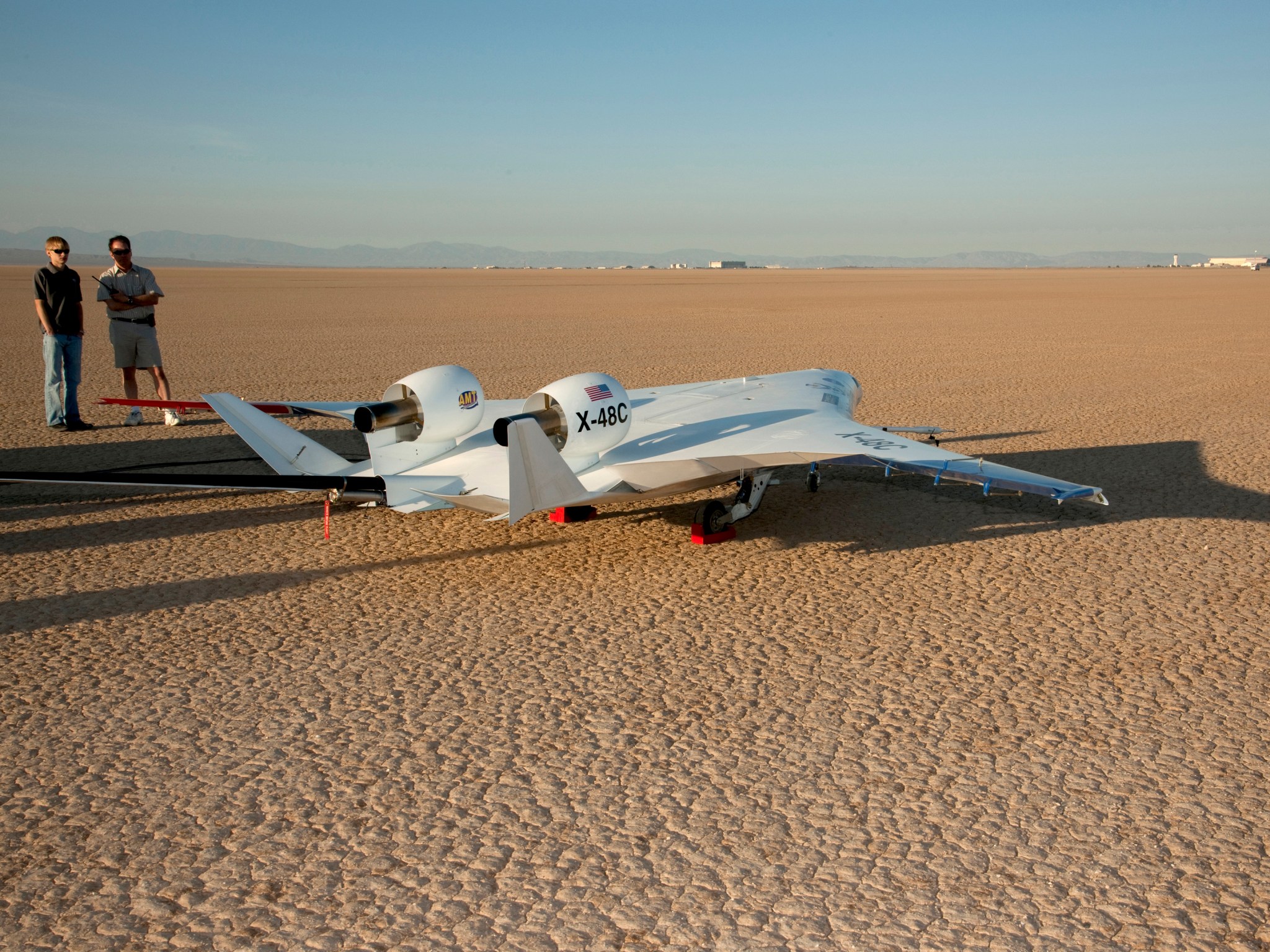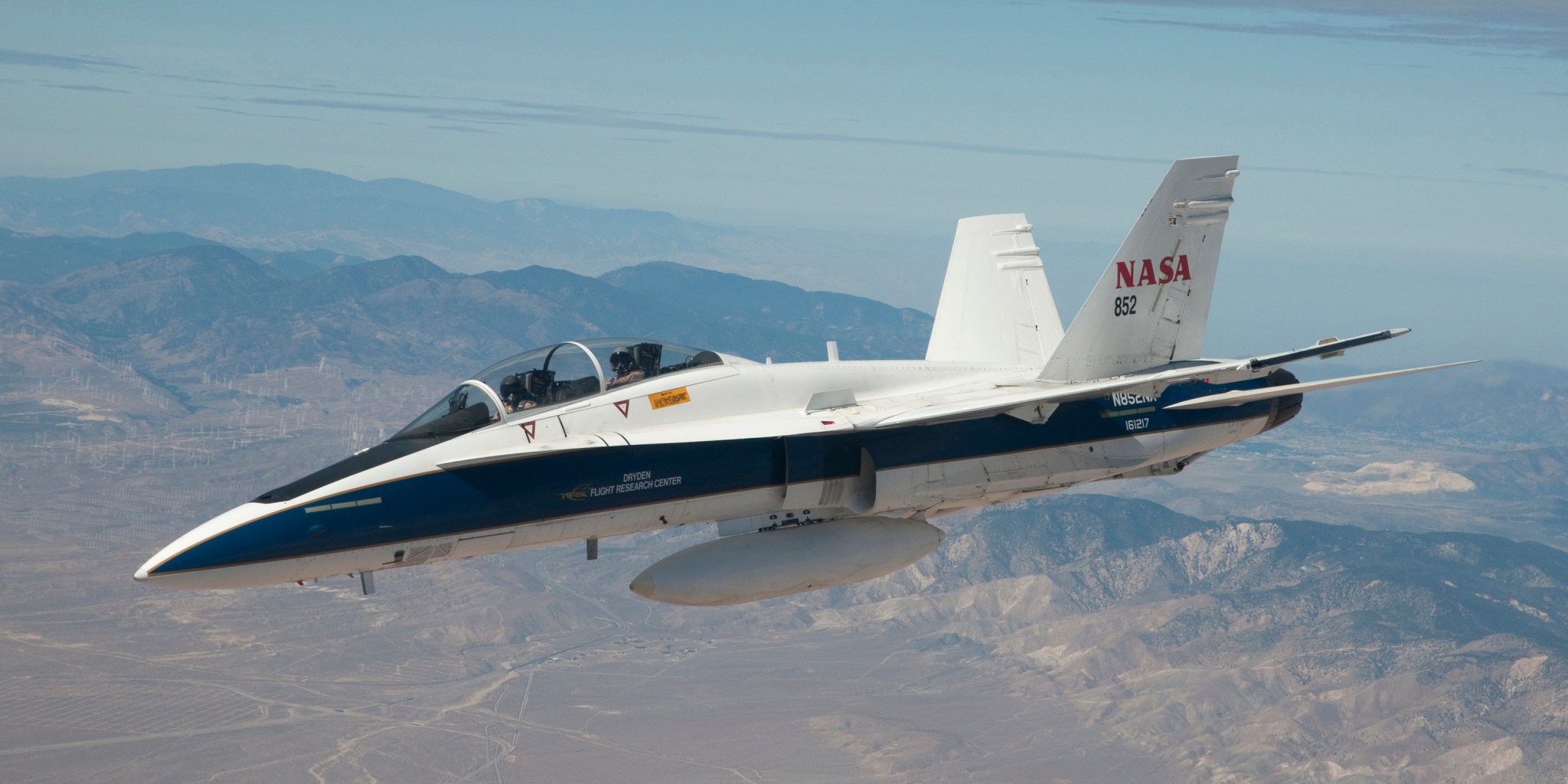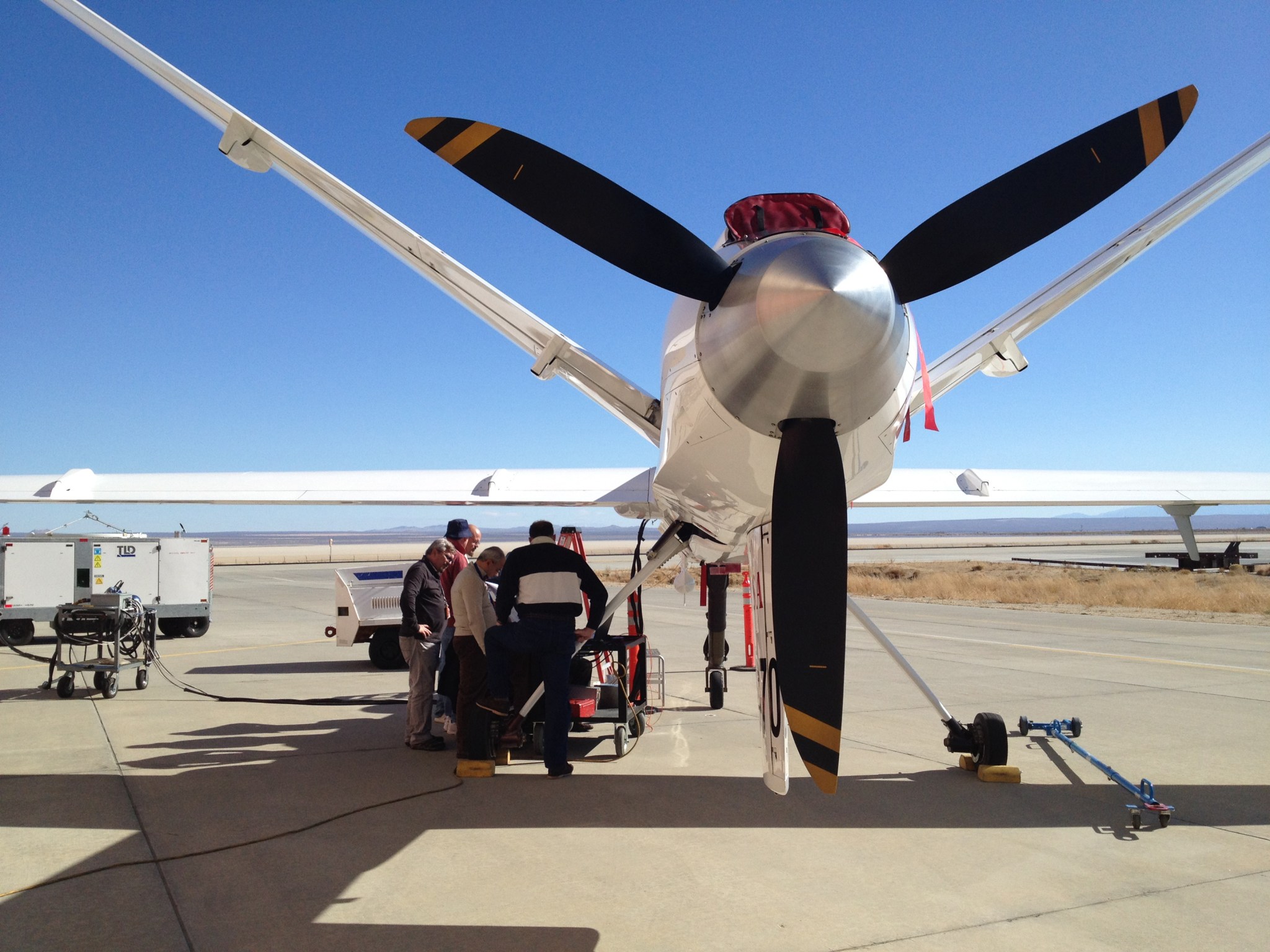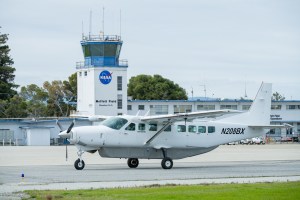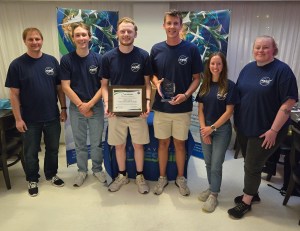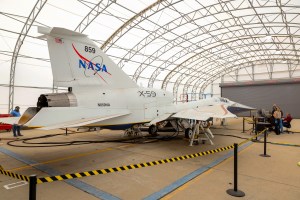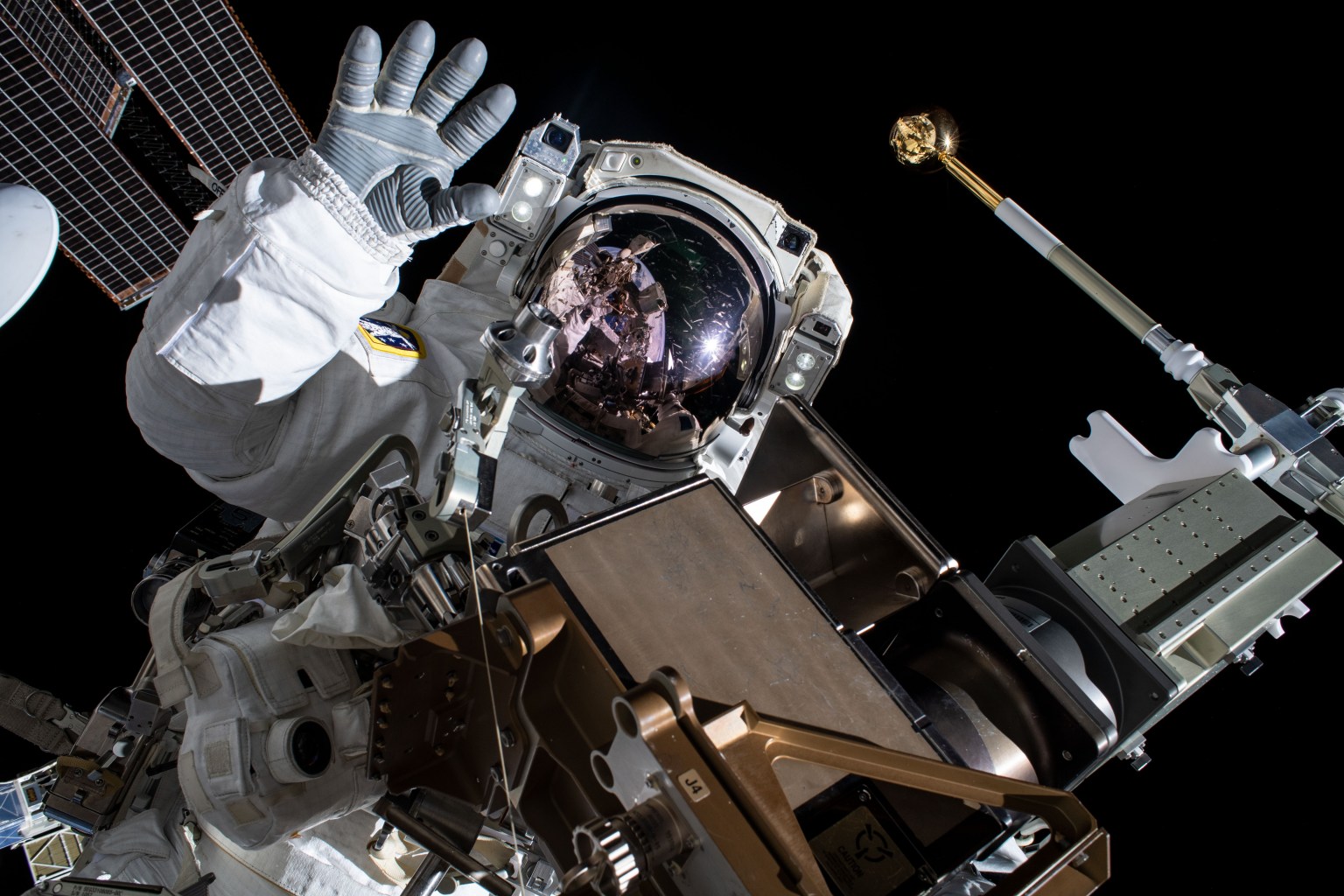Traveling by air this holiday season, or any time of year? If so then you’ll be in the company of millions who are directly benefiting from the ongoing research performed by NASA’s aeronautical innovators now, and in the future.
During 2012, NASA’s Aeronautics Research Mission Directorate continued a wide range of research projects aimed at advancing the science of flight. Among the goals: enhancing safety, designing more fuel efficient jet engines, enabling quieter airplanes and improving air traffic management while also seeking to educate and inspire future generations of aviation experts.
NASA’s “aeronauts” even had a hand in helping scientists learn about the Martian atmosphere during Curiosity’s nail-biting descent toward the Red Planet in August.
Here are some highlights from 2012.
Developing Technology
NASA worked closely with Boeing in 2012 to fly the X-48C Blended Wing Body research aircraft, a sub-scale, remotely piloted vehicle intended to test new aircraft designs that forgo the conventional tube-and-wing airplane look in favor of one that blends the vehicle’s wing and body into a smoothly contoured shape. Researchers believe this design could someday reduce fuel consumption by nearly 60 percent, noise by 70 percent, and emissions by 80 percent.
Meanwhile, working with the California Polytechnic State University in San Luis Obispo, Calif., NASA researchers tested a 2,500-pound aluminum and steel model of an airplane that looked like its wings were put on upside down, with its jet engines installed on top of the wings. The unusual-looking model was designed to test ways for an aircraft to make short take offs and landings, fly fuel efficiently at cruise altitude, and do so more quietly than today’s modern airliners. The project was named for famed aviatrix Amelia Earhart and called AMELIA, short for Advanced Model for Extreme Lift and Improved Aeroacoustics. Like the X-48C, information gleaned from AMELIA will lead to future aircraft designs that dramatically reduce fuel use, noise and emissions.
Quieter Supersonic Flight
NASA is continuing to learn more about how sound waves created by supersonic aircraft move through the atmosphere, all with an eye towards designing aircraft that generate sonic booms you can barely hear – or can’t hear at all – on the ground below. This work could open a whole new segment of the economy for commercial aviation by making supersonic flight over land acceptable.
Following a series of research flights last year, NASA engineers in 2012 poured over information they gathered from residents near Edwards Air Force Base in California to see how well they did in generating sonic booms with NASA’s F/A-18 jet that could barely be heard on the ground. The Waveforms and Sonic boom Perception and Response, or WSPR, project gathered data from a select group of more than 100 volunteers. A final report on the study is due soon.
Another phase of this research began in 2012 with the Farfield Investigation of No Boom Threshold, or FaINT. Using NASA’s F/A-18 supersonic jet, project researchers will try to better understand what’s happening at the very edge of the sonic boom, or just beyond.
Improving Air Traffic Management
NASA is working with the Federal Aviation Administration (FAA) and others to modernize the nation’s air traffic control system with the help of new technology, software and procedures – an effort known as NextGen.
NASA Aeronautics transferred a new technology to the FAA at the beginning of 2012 that tackles the problem of congested airspace near terminals. Congested airspace limits the number of incoming aircraft and increases local noise, emissions and fuel waste. Developed and field tested by NASA in partnership with the FAA, the Efficient Descent Advisor, or EDA, helps air traffic controllers better manage incoming traffic to reduce delays while avoiding flight path conflicts between aircraft. EDA has the potential to reduce local noise and emissions pollution, reduce flight time and save $300 million per year in wasted jet fuel. The FAA will deploy EDA’s capabilities in phases, with some functionality on line as soon as 2014 and the full EDA by 2020.
One of the key avionics technologies at the heart of NextGen is a device called the Automatic Dependent Surveillance-Broadcast, or ADS-B. This new gadget provides detailed and accurate information to air traffic controllers about the position of the aircraft in which it is installed, allowing for more precise operations in congested airspace. During 2012, NASA placed the ADS-B device on its 66-foot wingspan unmanned aerial vehicle “Ikhana.” With ADS-B on board, the Ikhana provided much more detailed position, velocity, and altitude information about itself to air traffic controllers, airborne pilots of other ADS-B equipped aircraft flying in its vicinity, and to its pilots on the ground. ADS-B is a cornerstone capability required in the NextGen by January 2020. These tests help NASA assess ADS-B’s ability to safely integrate unmanned aircraft into the national airspace system.
Capturing Data during Mars Entry
NASA’s aeronautical innovators are interested in high-speed flight not only through Earth’s atmosphere, but at Mars too. When Curiosity entered the Martian atmosphere in 2012, its heat shield held a suite of instruments designed by NASA’s Aeronautics Research Mission Directorate to measure heat, pressure and other conditions the craft was experiencing during the most violent, hypersonic-speed portion of the Mars Science Laboratory’s seven minutes of terror. The MSL Entry, Descent, & Landing Instrument (MEDLI) suite was one of NASA’s Technology Demonstration Missions. Information gathered by MEDLI helps engineers better understand the reality of flight through an atmosphere at hypersonic speeds, which in turn can aid in better designing future vehicles such as high-speed aircraft or spacecraft returning to Earth.
Engaging Ideas in Flight
NASA’s work on technology for the next generation of aircraft is inspiring the students who will become the aeronautical researchers of the future. During a two-day event in July 2012, more than 40 college-age students from NASA’s Aeronautics Scholarship Program and the Aeronautics Academies visited NASA Headquarters in Washington, D.C. to share the results of research they conducted while interning at NASA centers.
Topics presented during “Ideas in Flight” included aerodynamic research to lower drag, strategies for how to integrate unmanned aircraft systems into the national airspace, advancements in aeroacoustics research, options for using speech recognition tools in an air traffic control setting, toolbox development for analysis of subscale aircraft, characteristics of synthetic jet fuels, and intelligent aircraft engines for next generation air transportation.
The technologies had a common goal – to help the United States retain a leadership role in aviation by transforming the air transportation system, maintaining safety, and reducing aircraft fuel use, noise and emissions.
Meanwhile, in a move geared toward a younger student population, early in 2012 NASA debuted its first aviation-related app, an air traffic management simulation activity called Sector 33. Players of the sim have to use math and problem-solving skills to keep imaginary pilots flying multiple aircraft happy by maintaining a safe distance and arriving on time at a California airport. Since its release, Sector 33 has been downloaded more than 107,000 times.
Sharing NASA’s Aeronautical History
NASA ARMD published several books in 2012 – all available in e-book formats.
“Dressing for Altitude” is a 526-page, coffee-table-format book that chronicles the design and development of high-altitude pressure suits worn by test pilots through the history of flight. While providing a highly technical account of pressure suit history and design that would appeal to engineers, the book also offers hundreds of stunning images and drawings that are compelling enough to appeal to the layperson.
“Breaking the Mishap Chain” offers rich details of the people, machines and history behind the complex series of events leading to some of aviation’s most historic accidents and near-misses. The book uses a style that is easy for the average person to begin to understand why each event occurred, while also including a surgically precise analysis of what happened that is best understood by aerospace medicine and air safety professionals.
“Coming Home: Reentry and Recovery from Space” might not sound like it’s not about aeronautics, but it is. The book reveals the story of what NASA Aeronautics has done to help successfully bring spacecraft and their crews and cargo back home through Earth’s atmosphere.
Finally, the agency’s historic contributions to aeronautical research were given high honor in 2012 when the late, legendary NASA engineer Richard T. Whitcomb was posthumously inducted into the Aviation Hall of Fame located at the National Museum of the United States Air Force in Dayton, Ohio. Whitcomb, whose research revelations made supersonic flight possible, was also remembered for his aeronautical innovations that included being the inventor of drag-reducing winglets, which can be seen on the wing tips of many aircraft and airliner designs flying today.
Whitcomb, who died in 2009 at the age of 88, spent 37 years working at NASA’s Langley Research Center in Virginia.


